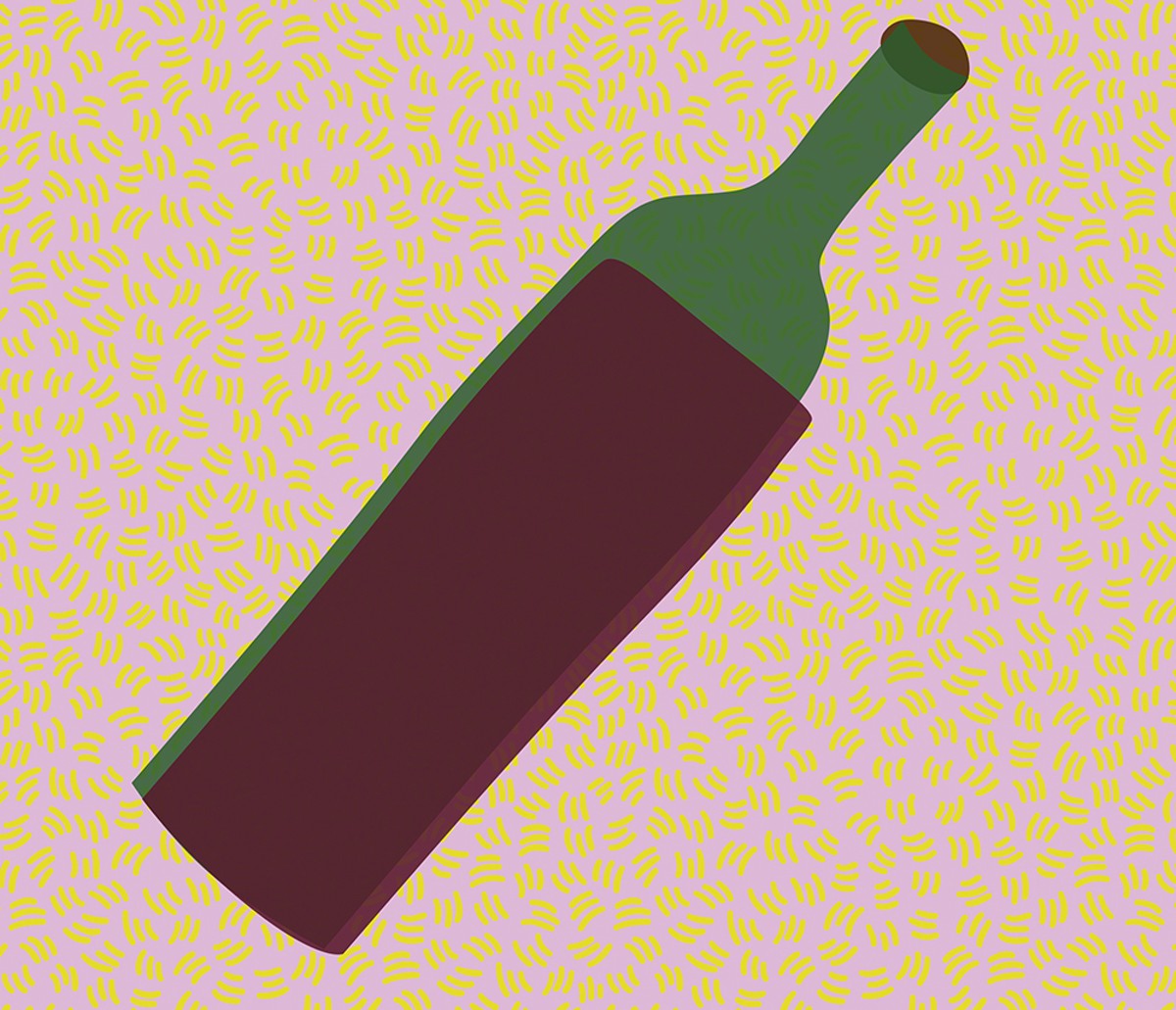You know the drill: The server hands you those leather-bound menus and then plunks down the wine list, a behemoth between you and your dining partner thicker and more physically divisive than Trump's wall. WTF are you supposed to do with this room-divider of a wine list?
The by-the-glass page is a good place to start, but when the server comes around to take drink orders, you've barely scratched the surface, let alone chosen a dinner dish and a pairing that will go with. Three of Orlando's best sommeliers have the answers: Yusuf Yildiz of Norman's at the Ritz-Carlton, William Blake of the Rusty Spoon and Tiffany Kuhn of Del Frisco's Double Eagle Steakhouse. Here are their tips for navigating an intimidating wine list (while still looking like a badass in front of your date).
Where to start? Where you've been before. "The best way to pinpoint a wine is to try and remember the name of the last wine you enjoyed," says Yildiz, general manager and sommelier at Norman's. "Work with the sommelier to talk about wines you like already. That will give them a good starting point." Kuhn agrees. Del Frisco's Double Eagle has more than 1,200 bottles to choose from, so she navigates this situation all the time. "I ask a series of questions and get to know the guest. If I know what you like and know a little about you, that makes it easier for both of us, rather than me trying to pair for you."
Some questions you might be asked (and this is why affordably priced wine is a godsend — go buy a couple of bottles tonight to get acquainted with your faves) might include: What do you typically like to drink? What are your favorite flavor profiles — not just for wine, but for food, too? "Most people will stay with something they are familiar with," says Blake, who co-owns the Rusty Spoon with his wife, Kathleen, and manages the wine program for the restaurant. "Nine times out of 10, that's a good plan."
If you've already got an idea of what you're going to be eating for dinner, you might try going ahead with a pairing. "The purpose of the pairing is to enhance and complement your dining experience," says Yildiz. "Take into account the balance between the body of the wine and the weight of the food." So if you're opting for a steamed black cod with miso, you might go with a lighter-bodied wine than if you'd chosen the bone-in ribeye. Blake's approach differs, but only slightly. Instead of focusing on the protein, he considers the accompaniments. "I tend to match up wines with the items that accompany the starch, the herbs, the vegetables."
Since her guests primarily order steak, Kuhn likes to get specific. "Typically I'll ask what cut of steak. For us, that's very important, as it matters how much fat or marbling is in the steak, whether we pick something with higher tannin for richer cuts or whether we could go a little lighter if they've chosen a filet." Complications can arise when one person orders a New York strip steak and the other orders fish, but it's nothing that can't be mediated: "There are many wines out there that are a happy medium and that will complement each dish equally," says Kuhn. "The stigma is that you can't order red wine with fish, but that's just silly. [Red] varietals like gamay and even pinot noir are lighter-bodied and excellent with some fish preparations."
Once you've ordered your bottle, there's a protocol that seems like a dance you didn't learn the steps to. Whatever you do, according to all three of these oenophiles, don't smell the cork. "The cork isn't what's meant to be sniffed. It smells like cork. Smell the wine, not the cork," says Yildiz. The first thing you should do, says Blake, is make sure it's the wine you ordered. "Check the varietal, the vintage and the branding," Blake does mention that there's something you should do with the cork. "Feel the end of the cork to make sure it is moist. A dry cork may be the sign of improper storage."
The server or somm will pour about a half-ounce into your glass. Swirl it in the glass to let a little air into the wine so it "opens up" — flavors and aromas will release when oxygen combines with the wine. "Make sure the wine smells right. If it smells like cork or vinegar, you'll be able to tell right away," says Blake.
Whatever bottle or glass you go with, it's always appropriate to ask for help. Sommeliers and wine stewards are there to help you look like a rock star (and feel like one, too), even if you break all these rules. It's your money. Drink something you love and don't apologize for how it gets from the glass to your gullet.
















